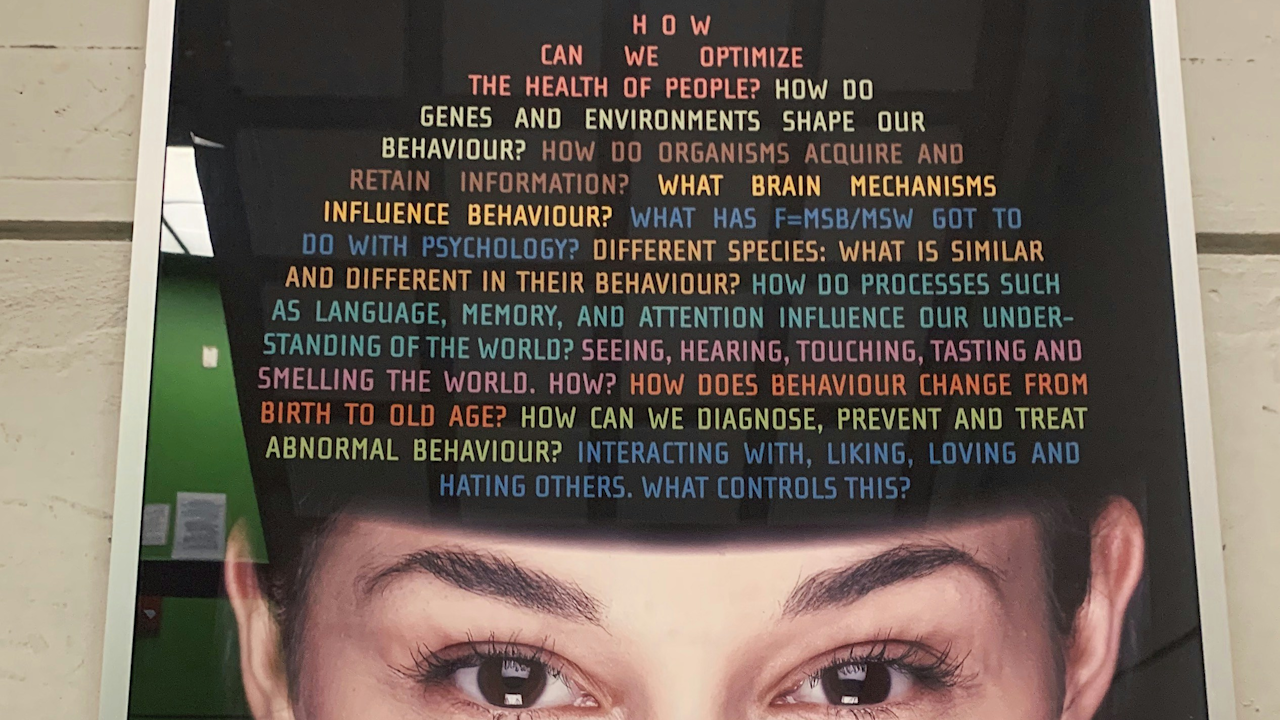Motivation is a powerful force that influences every aspect of human behavior. It drives us to achieve goals, overcome challenges, and pursue personal and professional growth. Understanding the science behind motivation can provide valuable insights into how to maintain long-term drive and sustain productivity. By exploring the psychological theories, biological mechanisms, and practical strategies that underlie motivation, it becomes easier to harness this energy and apply it effectively in everyday life.
The Psychological Foundations of Motivation
At the core of motivation lies a complex interaction of psychological processes. One of the most influential theories is Self-Determination Theory (SDT), developed by Edward Deci and Richard Ryan. SDT posits that human motivation is driven by three innate psychological needs: autonomy, competence, and relatedness. When these needs are fulfilled, intrinsic motivation—the internal drive to engage in activities for their own sake—flourishes.
Intrinsic motivation contrasts with extrinsic motivation, which is fueled by external rewards such as money, recognition, or social approval. While extrinsic motivators can be effective in the short term, research suggests that intrinsic motivation fosters greater creativity, persistence, and well-being. Balancing both types of motivation can lead to more sustainable drive over time.
Another key psychological concept is goal-setting theory, introduced by Edwin Locke and Gary Latham. This theory emphasizes the importance of setting specific, challenging, and attainable goals. Clear goals provide direction, enhance focus, and increase commitment. Studies indicate that individuals who set well-defined goals are more likely to achieve them than those who adopt vague aspirations.
Biological Mechanisms Behind Motivation
Motivation is not solely a psychological phenomenon—it also has biological underpinnings. Central to this process is the brain’s dopaminergic system, which regulates reward and reinforcement. Dopamine, a neurotransmitter, plays a crucial role in signaling the anticipation of rewards and reinforcing goal-directed behavior. When individuals pursue meaningful objectives, dopamine levels increase, fostering feelings of pleasure and motivation.
The prefrontal cortex, responsible for decision-making and impulse control, also plays a vital role in maintaining motivation. This brain region helps individuals plan long-term goals, evaluate progress, and resist distractions. Additionally, the limbic system, which governs emotions, interacts with cognitive processes to create a dynamic feedback loop that reinforces motivated behavior.
Neuroscientific research suggests that habits can shape motivation through a process called neuroplasticity. Repeated behaviors strengthen neural pathways, making desired actions easier over time. By cultivating positive habits and routines, it becomes possible to sustain motivation without relying solely on willpower.
The Role of Emotions and Mindset
Emotions profoundly influence motivation. Positive emotions such as joy, excitement, and curiosity enhance engagement and persistence, while negative emotions like fear and anxiety can either hinder or spur action depending on how they are managed. Psychologist Carol Dweck’s mindset theory further highlights the impact of beliefs on motivation. According to Dweck, individuals with a growth mindset—the belief that abilities can be developed through effort—are more likely to stay motivated in the face of challenges. In contrast, those with a fixed mindset view abilities as static and may become discouraged by setbacks.
Cultivating a growth mindset involves reframing failures as opportunities for learning and embracing the process of improvement. This shift in perspective fosters resilience and encourages sustained effort even when immediate results are not apparent.
Practical Strategies to Enhance Motivation
Applying scientific insights to daily life can enhance and sustain motivation. One effective strategy is to break large goals into smaller, manageable tasks. This approach, known as chunking, reduces feelings of overwhelm and provides frequent opportunities for achievement. Each small success triggers a dopamine release, reinforcing motivation and maintaining momentum.
Another powerful technique is implementation intention, a method popularized by psychologist Peter Gollwitzer. This involves creating concrete plans for when, where, and how to execute specific actions. For example, instead of a vague goal like “exercise more,” a person might commit to “running for 30 minutes every Monday, Wednesday, and Friday at 7 AM.” Implementation intentions increase the likelihood of follow-through by linking desired behaviors to specific cues.
Intrinsic rewards also play a critical role in maintaining long-term motivation. By identifying and connecting with the deeper purpose behind tasks, individuals can sustain interest and commitment. For instance, someone pursuing a fitness regimen may stay motivated by focusing on long-term health benefits rather than external validation.
Social support further bolsters motivation. Surrounding oneself with like-minded individuals provides accountability, encouragement, and shared purpose. Studies show that people are more likely to maintain motivated behaviors when they feel supported by their social environment.
Overcoming Common Motivation Barriers
Despite the best intentions, motivation can wane due to psychological and environmental barriers. Procrastination is a common challenge, often stemming from fear of failure or perfectionism. Combatting procrastination involves adopting techniques such as the Pomodoro Technique, which breaks work into focused intervals followed by short breaks. This method maintains energy levels and reduces mental fatigue.
Decision fatigue is another motivation killer. As individuals make numerous decisions throughout the day, their ability to make effective choices declines. Simplifying routines, automating decisions where possible, and prioritizing tasks early in the day can mitigate decision fatigue and preserve mental energy.
Self-compassion also plays a crucial role in sustaining motivation. Being kind to oneself during setbacks reduces the likelihood of giving up entirely. Research indicates that individuals who practice self-compassion are more likely to recover from failures and persist toward their goals.
Sustaining Long-Term Drive
Long-term motivation requires a balance of structure, flexibility, and self-awareness. Regularly revisiting goals and adjusting them as circumstances change helps maintain relevance and engagement. Celebrating milestones, no matter how small, reinforces progress and sustains momentum.
Intrinsic motivation can be cultivated by aligning activities with personal values and interests. When tasks resonate with an individual’s core beliefs, they become more meaningful and easier to pursue. Additionally, maintaining a sense of curiosity and openness to new experiences fosters continual growth and renewal of motivation.
Ultimately, the science of motivation reveals that staying driven is a dynamic process that combines psychological, biological, and social factors. By understanding these mechanisms and applying practical strategies, anyone can cultivate lasting motivation and achieve their aspirations.

